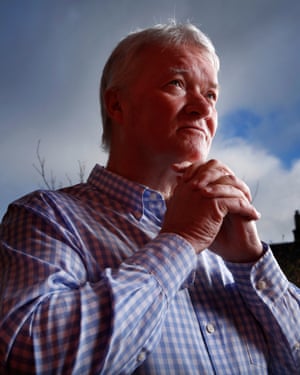Discuss how the divorce of ownership from control may affect both the conduct and performance of firms.
Key terms:
Divorce of ownership from control: This refers to a situation in which the individuals who own a company (shareholders) are not the same individuals who manage and control the company's day-to-day operations (managers). In many large corporations, shareholders are dispersed and have limited influence over the decision-making process, while managers make strategic and operational decisions.
Conduct of firms: The conduct of firms refers to how firms behave in terms of their strategic choices, pricing decisions, production methods, investment decisions, and interactions with competitors. It encompasses the actions taken by managers to maximize the firm's objectives, such as profit maximization or market share expansion.
Performance of firms: The performance of firms refers to the outcomes achieved by firms, such as profitability, efficiency, market share, innovation, and customer satisfaction. It reflects the extent to which a firm is successful in achieving its objectives and delivering value to its stakeholders.
The divorce of ownership from control can have significant implications for the conduct and performance of firms:
Conduct of firms:
- Agency problems: The separation of ownership and control creates agency problems, as managers may prioritize their own interests over those of the shareholders. Managers may engage in self-serving behaviors, pursue personal goals, or make decisions that do not align with shareholders' interests.
- Risk-taking behavior: Managers may be more inclined to take excessive risks when their personal wealth is not fully tied to the company's performance. They may pursue ambitious projects or make risky investments that could negatively impact the firm's financial stability.
- Managerial discretion: Managers, in the absence of close monitoring by shareholders, have more discretion in decision-making. They can shape the firm's strategies, set executive compensation, and determine resource allocation. This discretion can influence the firm's conduct, including its competitive behavior and investment choices.
Performance of firms:
- Shareholder value: The divorce of ownership from control can result in a divergence between the interests of shareholders and managers. This misalignment can lead to suboptimal firm performance and a failure to maximize shareholder value.
- Managerial incentives: Managers may prioritize goals other than profit maximization, such as personal reputation, job security, or firm growth. This may lead to decisions that do not optimize the firm's financial performance or long-term sustainability.
- Accountability and monitoring: Without effective oversight and monitoring by shareholders, managers may face less accountability for their decisions and actions. This can impact the firm's performance by reducing the incentives for managers to perform at their best or make efficient use of resources.
It is worth noting that the impact of the divorce of ownership from control can vary across firms and industries. Some firms may implement governance mechanisms, such as independent boards of directors or performance-based compensation, to align the interests of managers with shareholders and mitigate the negative effects. Additionally, the extent to which the separation affects conduct and performance depends on factors such as the degree of competition, market conditions, industry regulations, and the specific managerial practices implemented within the firm.
Overall, the divorce of ownership from control can introduce agency problems and influence the behavior and performance of firms. Addressing these challenges through effective governance mechanisms and aligning the interests of managers with those of shareholders is crucial for maintaining sound conduct and improving firm performance.





